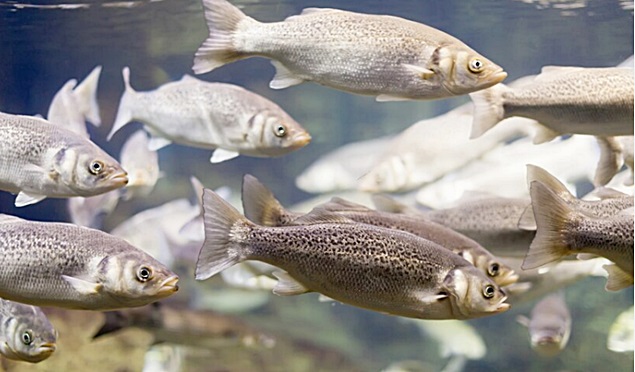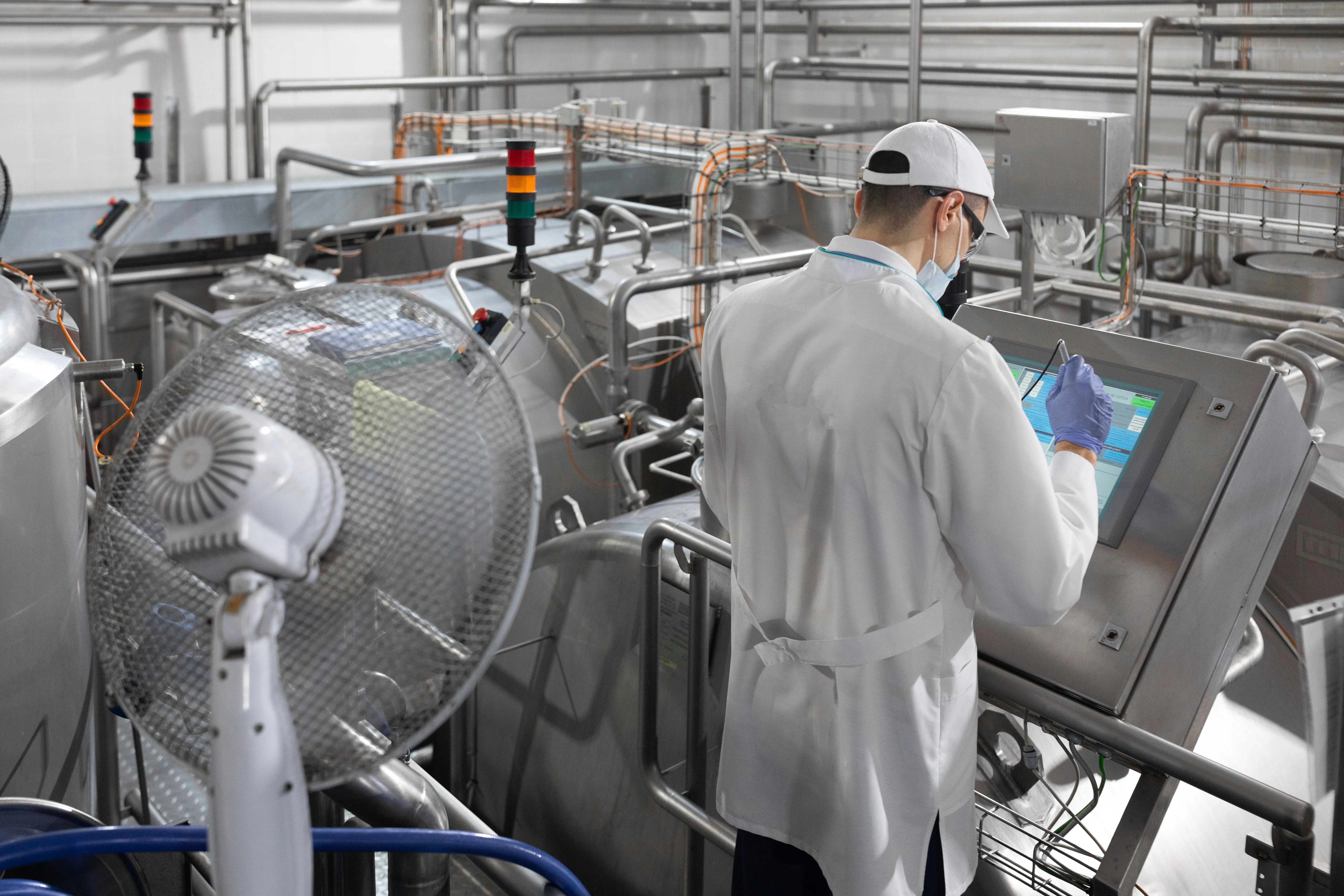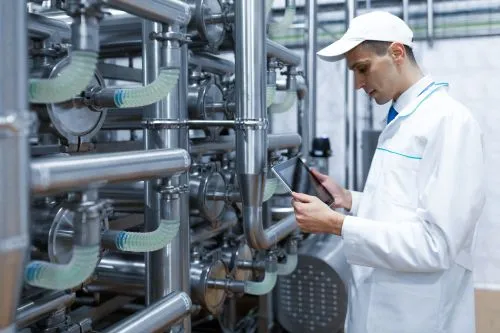
Global Aquaculture and Fisheries Industry Undergoing Significant Transformation
The global aquaculture and fisheries industry is experiencing a period of significant transformation, influenced by economic, environmental, and technological factors.
Growth in Aquaculture and Fisheries Recovery
According to the OECD-FAO Agricultural Outlook 2024–2033, global fish production is projected to increase from 185 million tons in 2024 to 206 million tons by 2033, representing a 12% growth over the next decade.
This expansion is primarily attributed to the development of aquaculture and the recovery of capture fisheries.
Aquaculture, in particular, has seen remarkable growth, contributing 46.8% to the total global fish production in 2016, up from 25.7% in 2000.
However, the annual growth rate of aquaculture has slowed compared to previous decades, indicating a maturation of the industry.
Challenges and Opportunities in the Aquaculture Sector
In the first half of 2024, the aquaculture sector faced unexpected challenges, including biological issues in salmon and shrimp farms.
However, the recovery of Western economies following the post-COVID recession and the normalization of costs have provided positive prospects for the second half of the year.
Demand is expected to rise, and costs are anticipated to stabilize, although biological challenges persist.
Sustainability and Innovation in Fish Feed
As aquaculture continues to expand, the need for sustainable protein sources in fish feed has become essential.
In 2024, total aquaculture feed production declined compared to the previous year, but a recovery is expected with the start of the main aquaculture season in April 2025.
Additionally, a strong anchovy season in Peru has contributed to increased fishmeal production, a key ingredient in fish feed.
Regional Trends in Fish Production
Regionally, Brazil has experienced significant growth in aquaculture fish production, increasing by 48.6% between 2014 and 2022, reaching 860,355 tons.
Tilapia accounts for 63.9% of this volume, highlighting the species' popularity among both consumers and producers.
Global Outlook and Long-Term Sustainability
Despite challenges, the long-term outlook for aquaculture and fisheries remains positive. Global aquatic animal production is expected to grow by 10% by 2032, reaching 205 million tons.
This growth will be driven by the expansion of aquaculture and the recovery of capture fisheries.
To ensure the sustainability of this growth, the industry must focus on responsible practices, innovation in fish feed, and efficient resource management.
By doing so, aquaculture and fisheries can continue to play a crucial role in global food security and the world economy.





